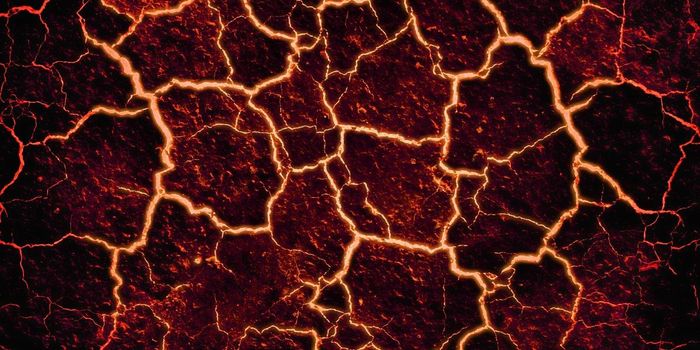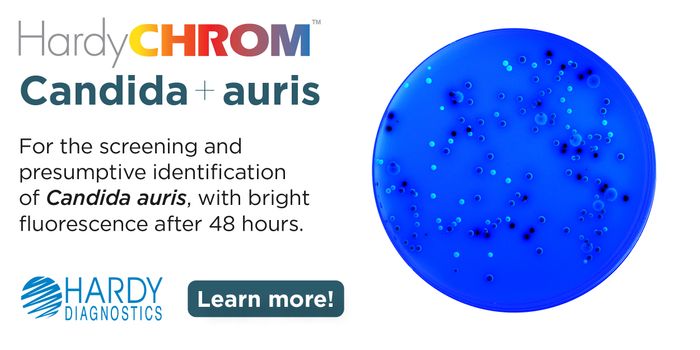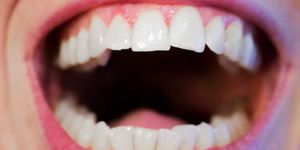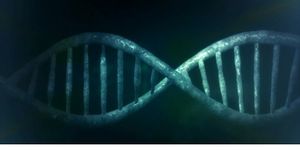In 2016, an estimated 246,660 women in the US was diagnosed with breast cancer - a disease that currently ranks as one of the most common causes of cancer deaths in American women. Because of public exposure and aggressive research, screening and treatment options have improved the outcome for breast cancer patients. Among current treatments, chemotherapy is often prescribed, either alone or in conjunction with other procedures.
Chemotherapy is designed to seek and kill cancer cells. Essentially, these drugs act as poisons to cancer cells, and thereby preventing the tumor from growing and spreading throughout the body.
In the treatment of breast cancer, commonly prescribed chemotherapy classes include taxanes(paclitaxel, docetaxel), anthracyclines (doxorubicin), and platinum agents (cisplatin, carboplatin), among others. While chemotherapy agents differ in their specific mechanism of action, most share similar targets: DNA synthesis and/or cell division.
Because cancer cells typically grow and divide at a much faster rate than healthy cells, chemotherapy agents exert more potency on these malignant cells. However, healthy but fast-dividing cells, including those found in hair, skin, digestive tract, and bone marrow, are also vulnerable to the effects of chemotherapy. These collateral damages from chemotherapy are behind some of the more common side effects of treatment, including hair loss, nail changes, nausea and vomiting, and decreased immune functions.








